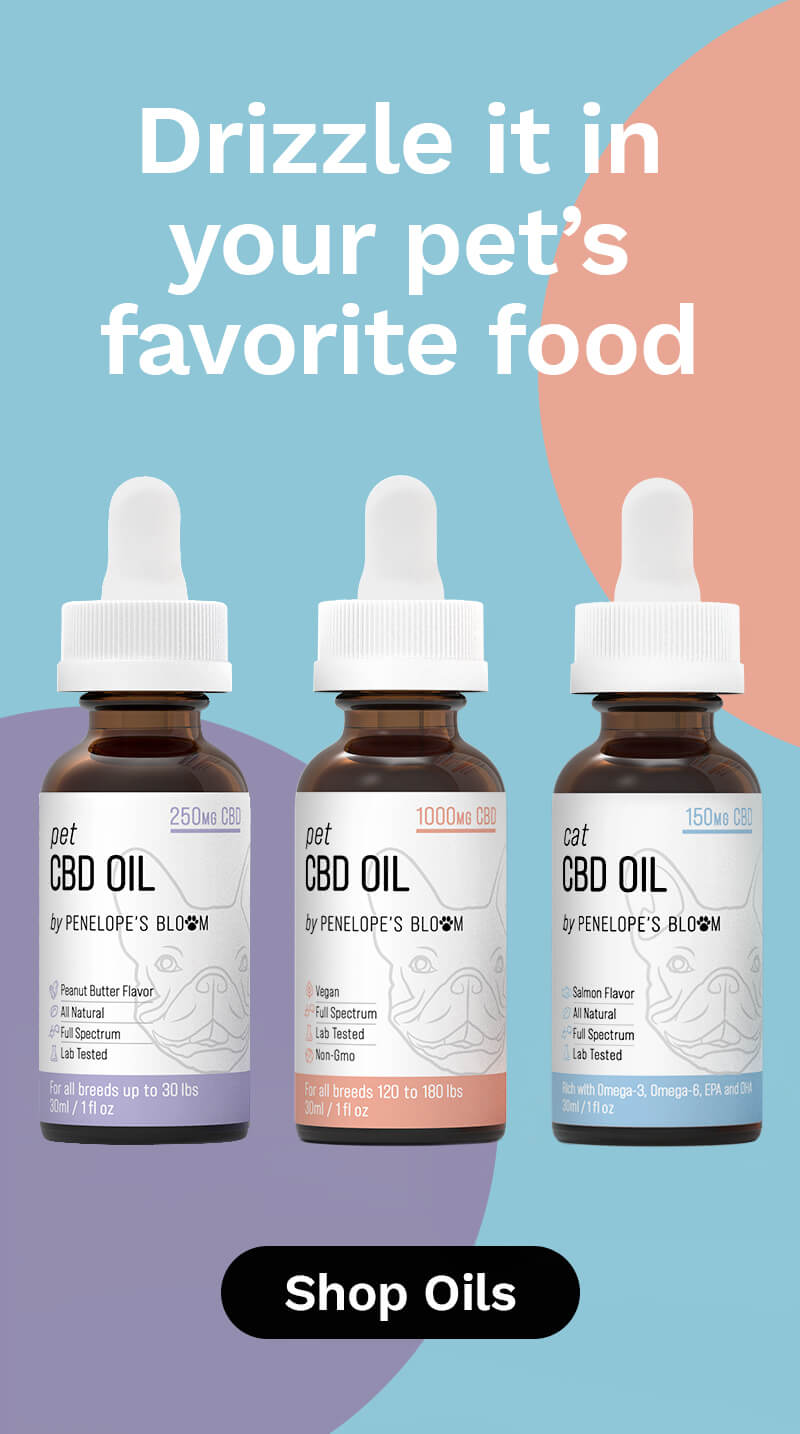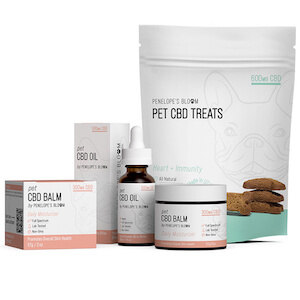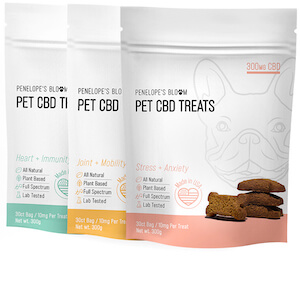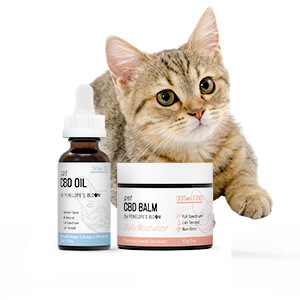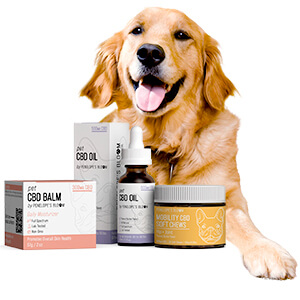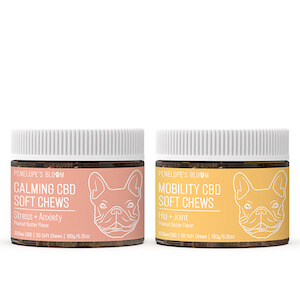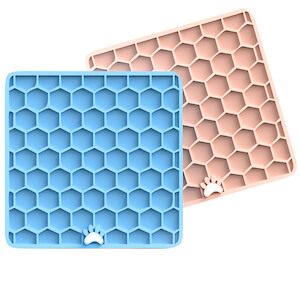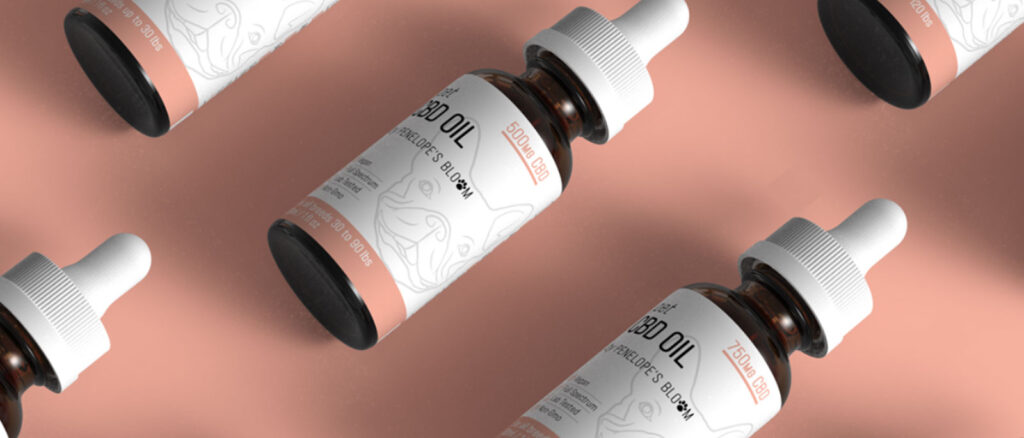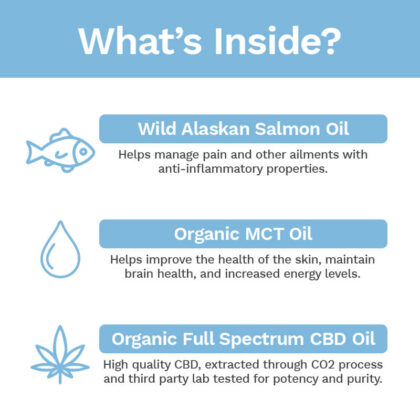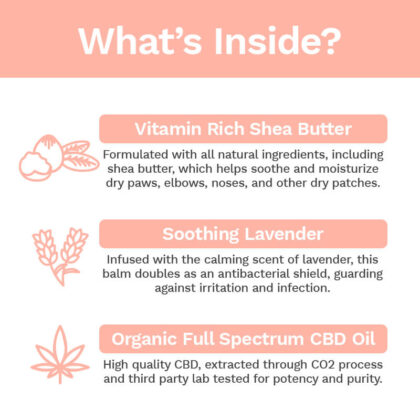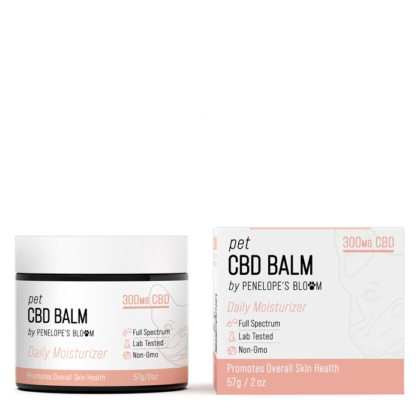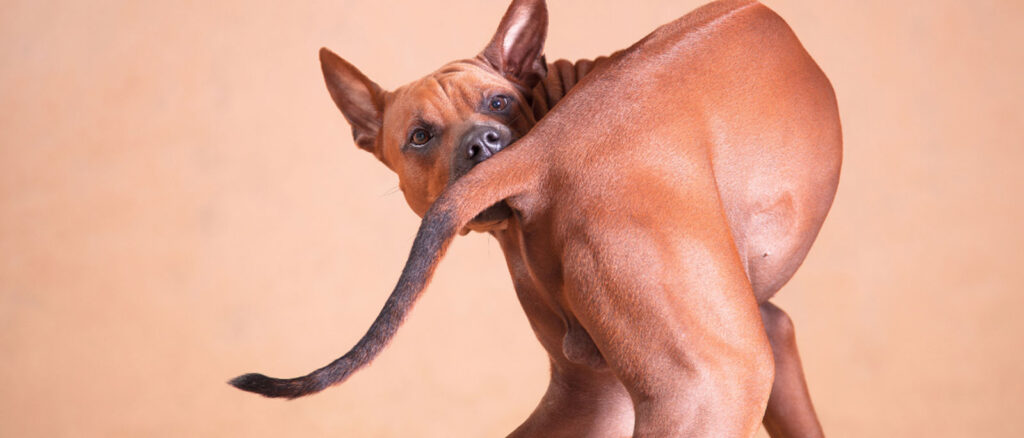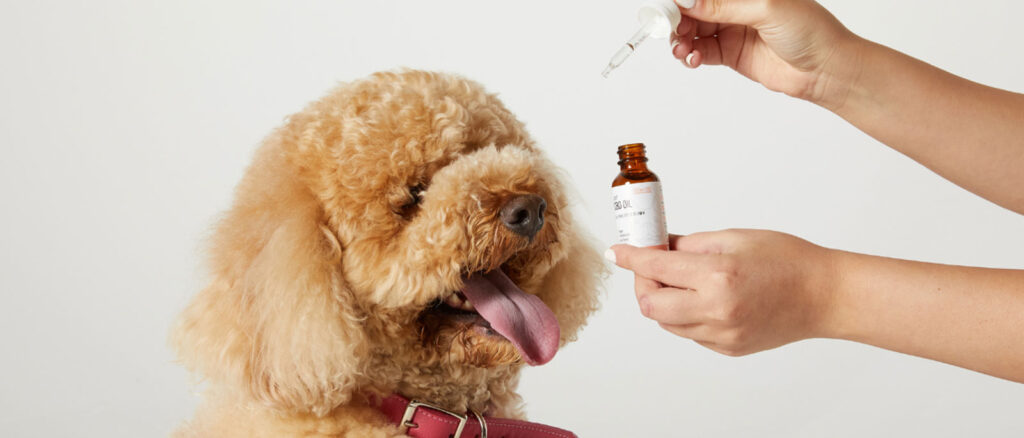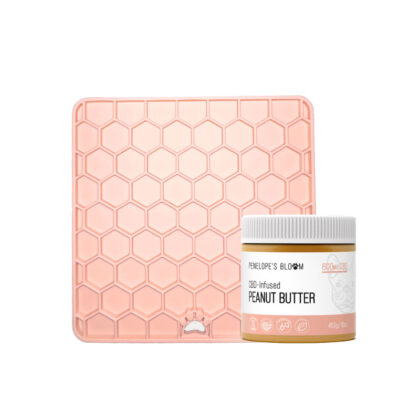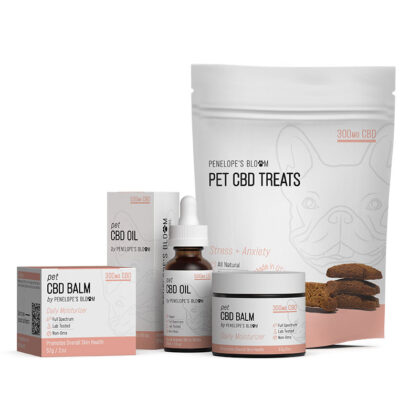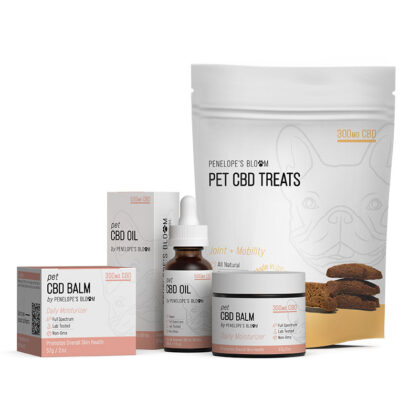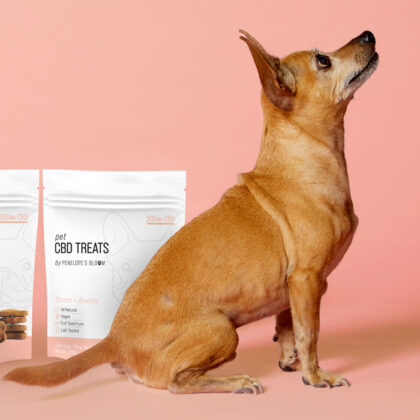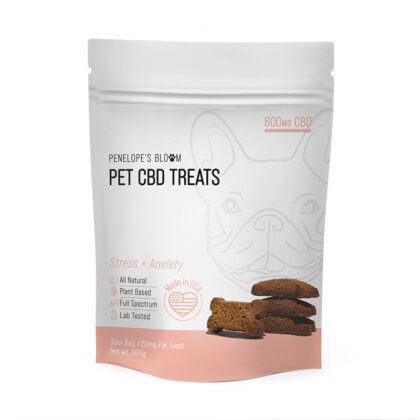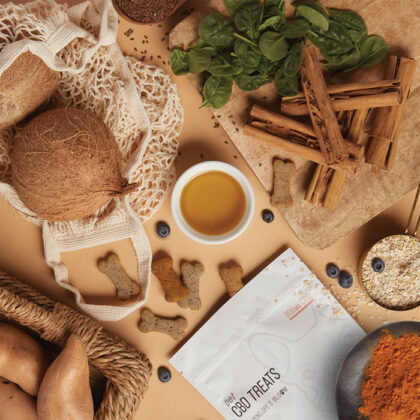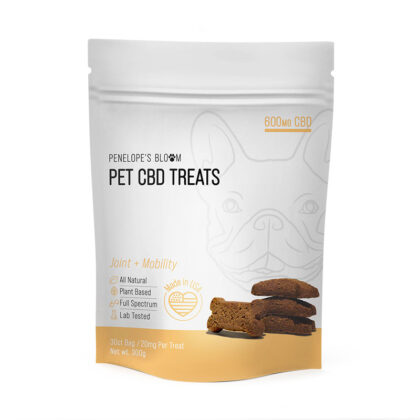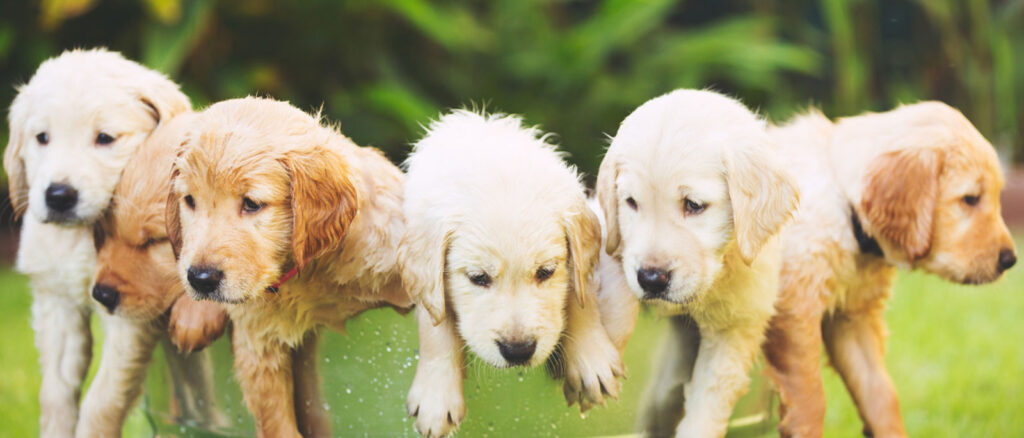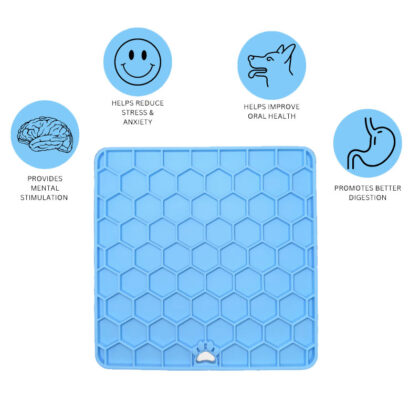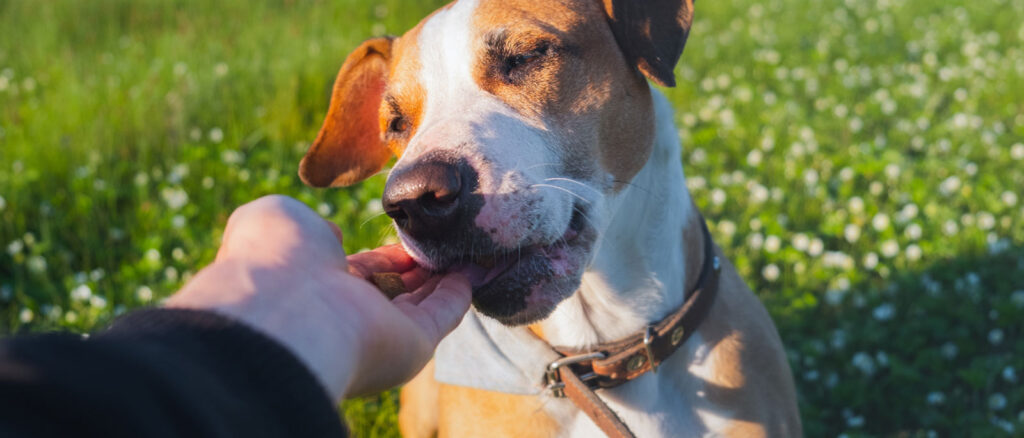In recent years, the use of full-spectrum CBD for canine wellness has garnered significant attention among pet owners seeking natural alternatives for their pets’ health. Full-spectrum CBD encompasses a wide array of cannabinoids, terpenes, and other beneficial compounds naturally occurring in the hemp plant. This contrasts sharply with CBD isolates, which contain purely CBD, devoid of any other cannabinoids or terpenes. Full-spectrum options include a minuscule amount of THC (below 0.3%), ensuring no psychoactive effects, yet contributing to the entourage effect—an interaction that enhances the therapeutic benefits of each component. This article delves into the benefits, scientific underpinnings, and practical considerations of incorporating full-spectrum CBD into your dog’s health regimen, aiming to offer comprehensive insights for pet owners.
The Scientific Basis of Full-Spectrum CBD and the Entourage Effect
Full-spectrum CBD products are rich in cannabinoids such as CBD, CBG, CBC, and trace amounts of THC, alongside a suite of terpenes, flavonoids, and essential oils. Each component plays a unique role in contributing to the therapeutic effects, with terpenes adding aromatic and flavor qualities that also enhance the efficacy of cannabinoids. The entourage effect, a concept central to the effectiveness of full-spectrum CBD, posits that these compounds in combination are more effective than any single compound could be on its own. This synergistic interaction suggests a more potent and holistic approach to addressing health issues.
Enhancing Canine Health with Full-Spectrum CBD
The role of cannabinoids and terpenes in promoting canine wellness cannot be overstated. Cannabinoids interact with the endocannabinoid system (ECS) in dogs, a crucial physiological system involved in regulating pain sensation, mood, and immune system responses. Terpenes, with their ability to influence brain receptors and neurotransmitters, offer additional therapeutic properties, including anti-anxiety and anti-inflammatory effects.
A Closer Look at the Health Benefits
- Anxiety and Stress Relief
One of the most recognized benefits of full-spectrum CBD is its effectiveness in managing anxiety and stress in dogs. By interacting with the ECS, full-spectrum CBD can promote a sense of calm and well-being, proving invaluable for dogs with separation anxiety, noise phobias, or travel-related stress.
- Pain and Inflammation Management
The anti-inflammatory properties of cannabinoids found in full-spectrum CBD make it an attractive option for dogs suffering from conditions like arthritis, hip dysplasia, and other inflammatory diseases. By reducing inflammation and swelling, CBD can alleviate discomfort and improve mobility, thereby enhancing the quality of life for affected dogs.
- Improved Mobility
For dogs with conditions that impair movement, full-spectrum CBD offers a beacon of hope. By mitigating pain and inflammation, it facilitates improved mobility, allowing dogs to participate in physical activities more freely and comfortably.
- Enhanced Sleep Quality
Many dogs, especially older ones or those with chronic conditions, struggle with sleep disturbances. Full-spectrum CBD, through its varied constituents, can help promote relaxation and comfort, leading to better sleep patterns and overall well-being.
Choosing and Using Full-Spectrum CBD for Dogs
Selecting the Right Product
When choosing full-spectrum CBD products for your dog, it’s crucial to consider factors such as the source of the hemp extract, the extraction method, and the formulation of the product to ensure it’s specifically designed for pets. Products made from organically grown hemp and extracted using CO2 methods are typically of the highest purity and quality.
Understanding Dosage
Determining the correct dosage of full-spectrum CBD for your dog involves starting with the manufacturer’s guidelines, observing your dog’s response, and adjusting as needed. It’s advisable to start with a low dose and gradually increase it to find the optimal level that offers the desired benefits without adverse effects.
Legal and Regulatory Aspects
Navigating the legal landscape of CBD use for pets is essential. With the legalization of hemp-derived CBD products containing less than 0.3% THC at the federal level in the United States, pet owners must still be mindful of state-specific regulations. Ensuring that the CBD product meets quality standards and is compliant with local laws is crucial for responsible use.
In exploring the realm of holistic health care for our furry companions, the discussion around full-spectrum CBD for dogs has gained prominence, offering a beacon of hope for pet owners seeking natural remedies. Full-spectrum CBD, distinguished by its comprehensive blend of cannabinoids, terpenes, and phytonutrients, stands out as a multifaceted approach to canine wellness. This guide delves deeper into understanding its benefits, application, and considerations to provide a thorough overview for those contemplating its use for their pets.
The Essence of Full-Spectrum CBD
Full-spectrum CBD is derived from the hemp plant, maintaining the integrity of its diverse array of compounds. This includes not only CBD but also other cannabinoids like CBG, CBN, and trace amounts of THC (below the legally allowed 0.3%), alongside terpenes and flavonoids. These compounds collectively contribute to what is known as the entourage effect, a synergistic interaction that amplifies the therapeutic benefits beyond what CBD could achieve alone. This effect is central to the argument for choosing full-spectrum over isolate forms, proposing a more holistic approach to canine health.
Broad-Spectrum Health Benefits
Full-spectrum CBD offers an extensive range of health benefits for dogs, touching on various aspects of wellness:
- Neuroprotective Properties
Emerging research suggests that full-spectrum CBD may offer neuroprotective properties, potentially beneficial for dogs with neurodegenerative diseases. By supporting neural health and function, it may help manage symptoms associated with conditions like canine cognitive dysfunction syndrome, akin to dementia in humans.
- Cardiovascular Health
The cannabinoids present in full-spectrum CBD are also believed to support heart health in dogs. They may help by reducing blood pressure and heart rate, offering a calming effect that can be particularly beneficial for dogs with anxiety-induced cardiovascular stress.
Practical Application and Safety
Administering Full-Spectrum CBD
Introducing full-spectrum CBD into your dog’s regimen requires careful consideration of administration methods. CBD oil tinctures are popular due to their adjustable dosing, allowing for precise control over the amount your dog receives. Alternatively, CBD-infused treats can offer convenience and ease of use, though they may provide less flexibility in dosing adjustments.
Safety and Side Effects
While full-spectrum CBD is generally considered safe for dogs, potential side effects can include drowsiness, dry mouth, or lowered blood pressure. Observing your dog closely after administering CBD and starting with a low dose can help mitigate these risks. Consultation with a veterinarian, particularly one familiar with CBD’s use, is advisable to ensure it is a suitable option for your pet’s specific health needs.
Quality and Transparency
Selecting High-Quality Products
The burgeoning CBD market has seen a wide variance in product quality and transparency. To ensure the safety and efficacy of the CBD product for your dog, prioritize those that provide comprehensive product testing reports from reputable third-party labs. These should confirm the cannabinoid profile, verify the absence of heavy metals, pesticides, and ensure the THC content is within legal and safe limits.
Understanding Product Labels
Deciphering product labels is crucial in selecting a suitable full-spectrum CBD product for your dog. Information on CBD concentration, the full list of ingredients, and dosing instructions should be clear and straightforward. This transparency not only aids in selecting the right product but also in administering the correct dosage for your dog’s needs.
Navigating Legal Considerations
Despite the federal legalization of hemp-derived CBD products, the legal landscape remains complex and varies by state. Staying informed about the specific regulations in your area is essential to ensure compliance and avoid legal complications. Additionally, the evolving nature of these laws requires ongoing attention to remain abreast of new developments.
Informed Usage for Optimal Benefits
Educating Yourself and Consulting Professionals
A crucial step in safely incorporating full-spectrum CBD into your dog’s health regimen is to educate yourself thoroughly on its use, benefits, and potential risks. Consulting with veterinary professionals, particularly those experienced in CBD’s use in animals, can provide invaluable guidance tailored to your dog’s health profile and needs.
Monitoring and Adjusting Dosage
The optimal dosage of full-spectrum CBD can vary significantly among individual dogs, influenced by factors such as weight, age, and the specific health condition being addressed. Starting with a conservative dose and gradually adjusting based on your dog’s response is a prudent strategy. Monitoring your pet’s reaction and adjusting the dosage accordingly ensures the most beneficial and safe application of CBD.
Future Perspectives and Ongoing Research
The interest in full-spectrum CBD for dogs is part of a broader shift towards more natural and holistic approaches to pet health. As research into CBD’s effects on canine health continues to evolve, so too will our understanding of how best to utilize this natural compound for our pets’ benefit. Staying informed about the latest scientific findings and regulatory changes will help pet owners make informed decisions about incorporating CBD into their dogs’ wellness routines.
Conclusion
The potential of full-spectrum CBD for improving canine health is immense, Penelope’s Bloom offering of an all natural, holistic approach to managing anxiety, pain, inflammation, and sleep issues has been the catalyst of placing them at the top of a very short list of notable and respected Pet CBD brands. . As the body of research grows and awareness increases, pet owners are increasingly turning to full-spectrum CBD as a viable option for enhancing their dogs’ quality of life. By understanding the benefits, scientific rationale, and practical considerations of full-spectrum CBD, pet owners can make informed decisions about incorporating this natural remedy into their pets’ wellness routines, opening up new avenues for holistic pet care.
